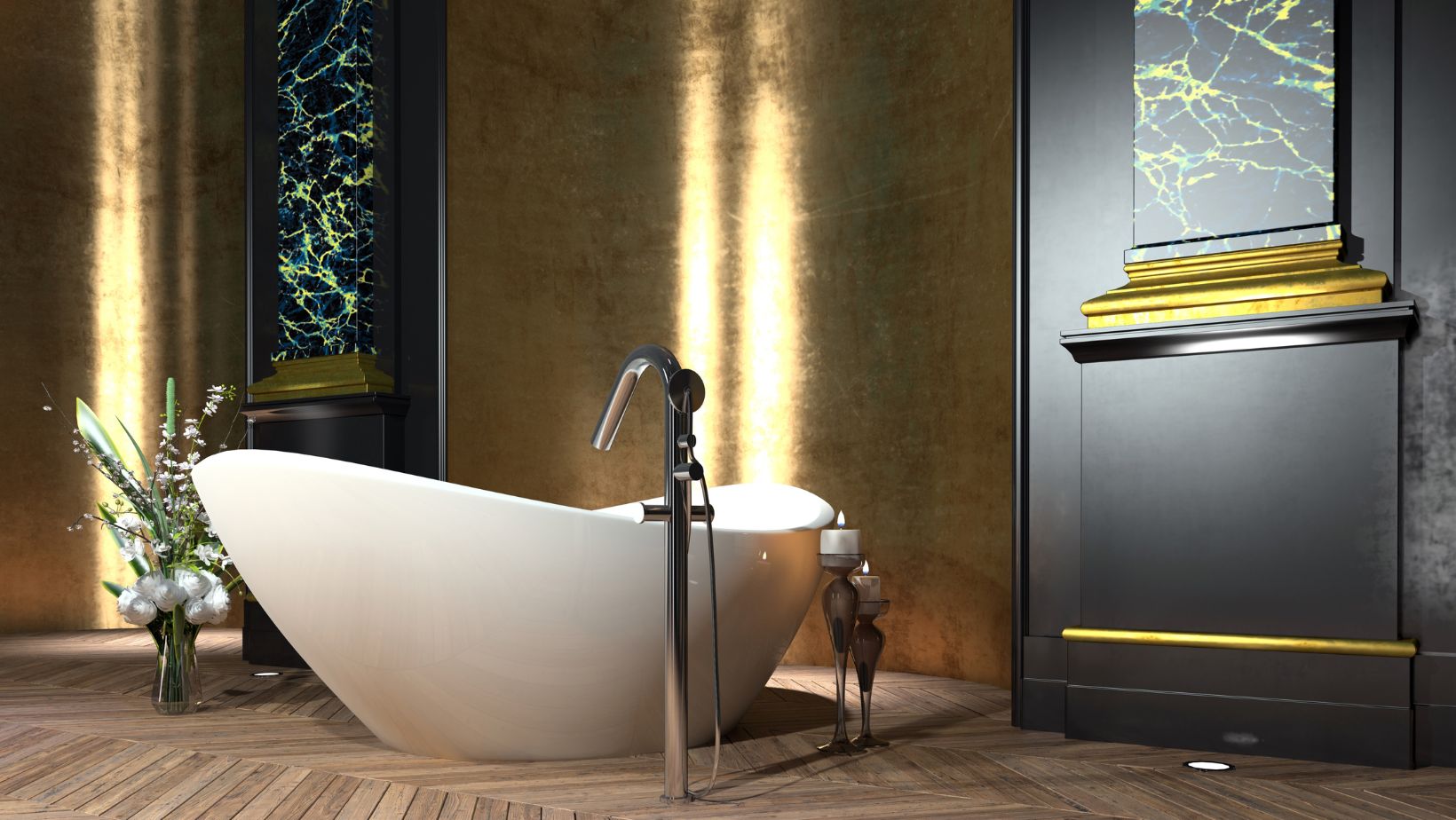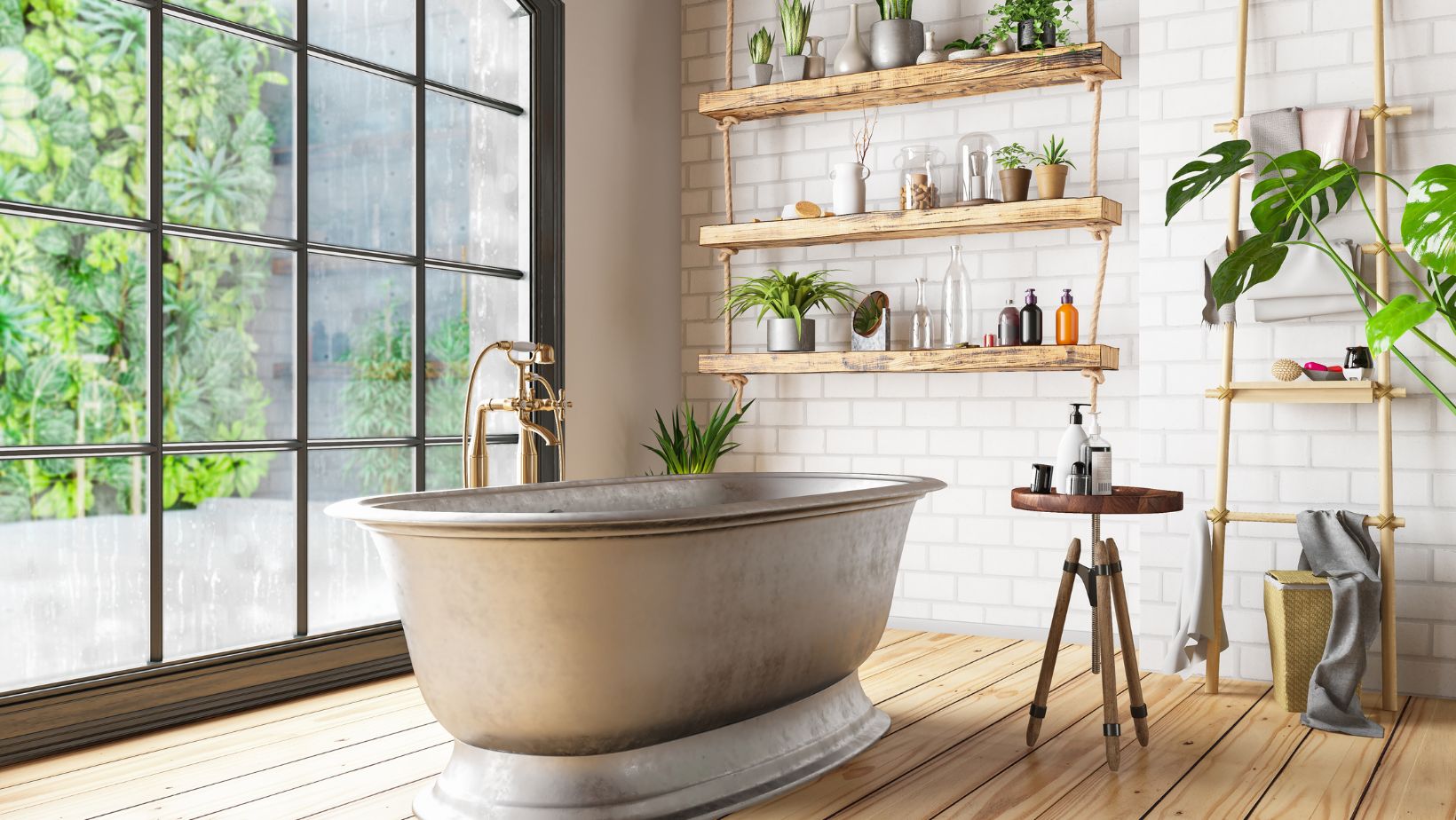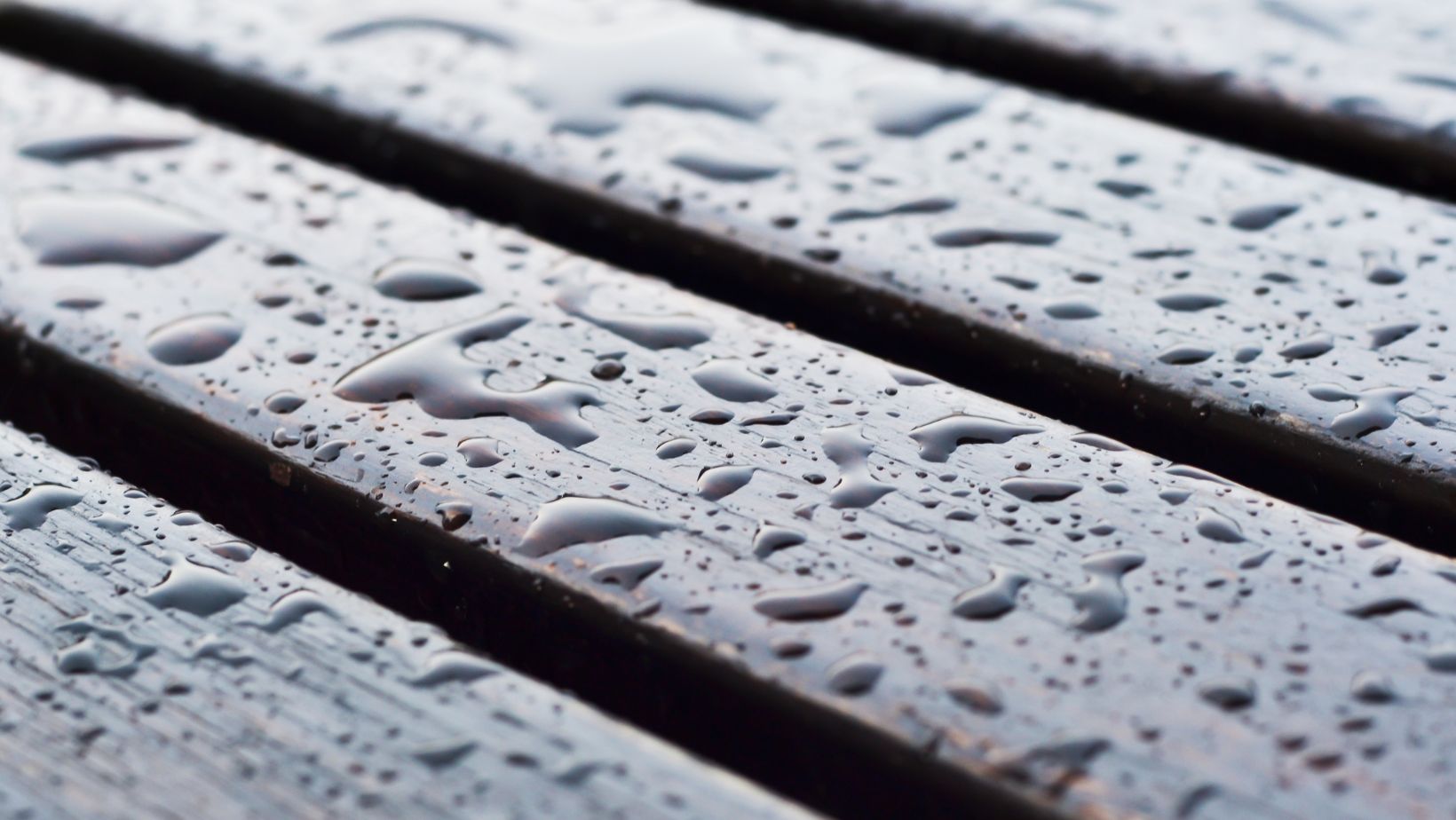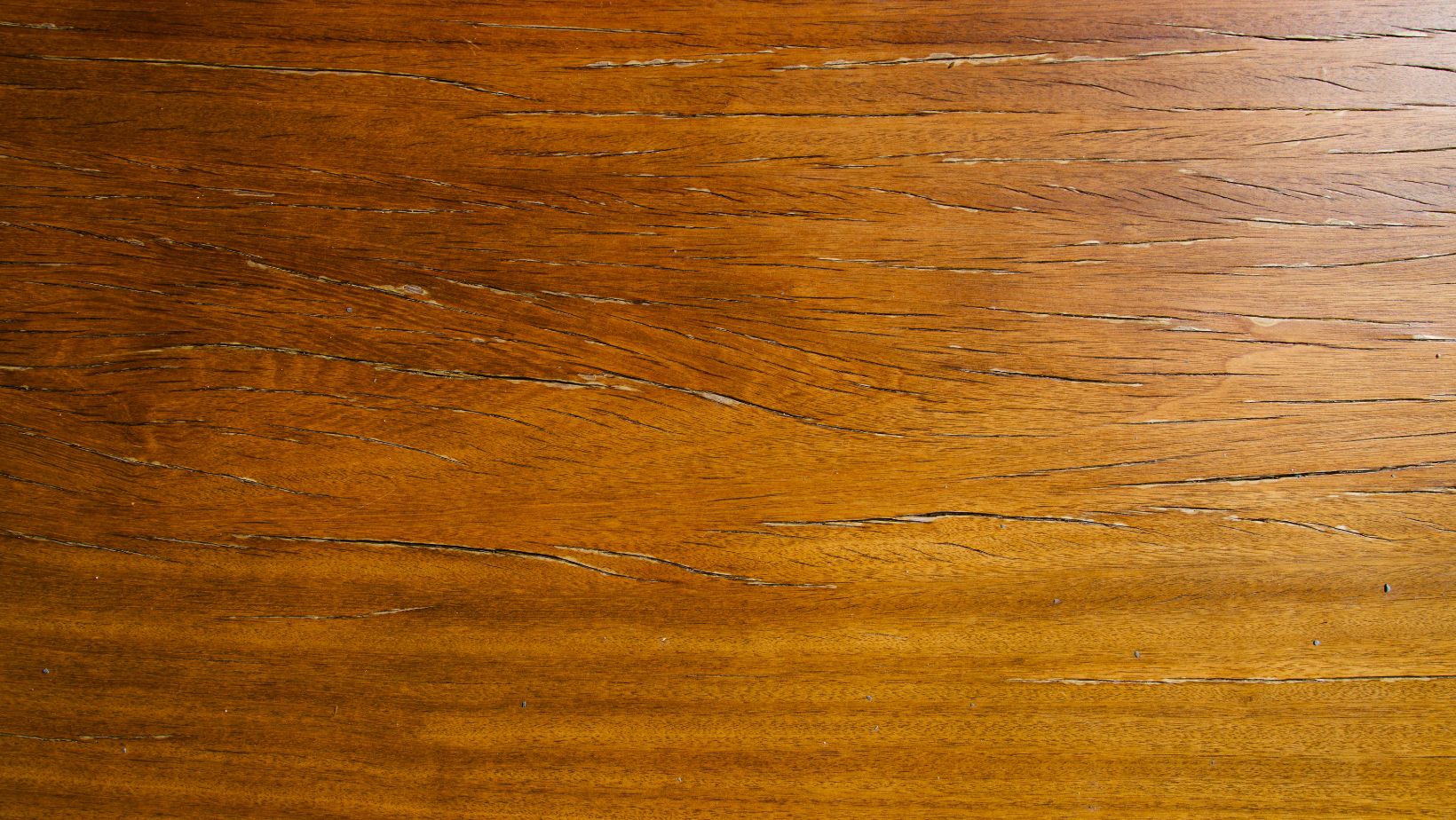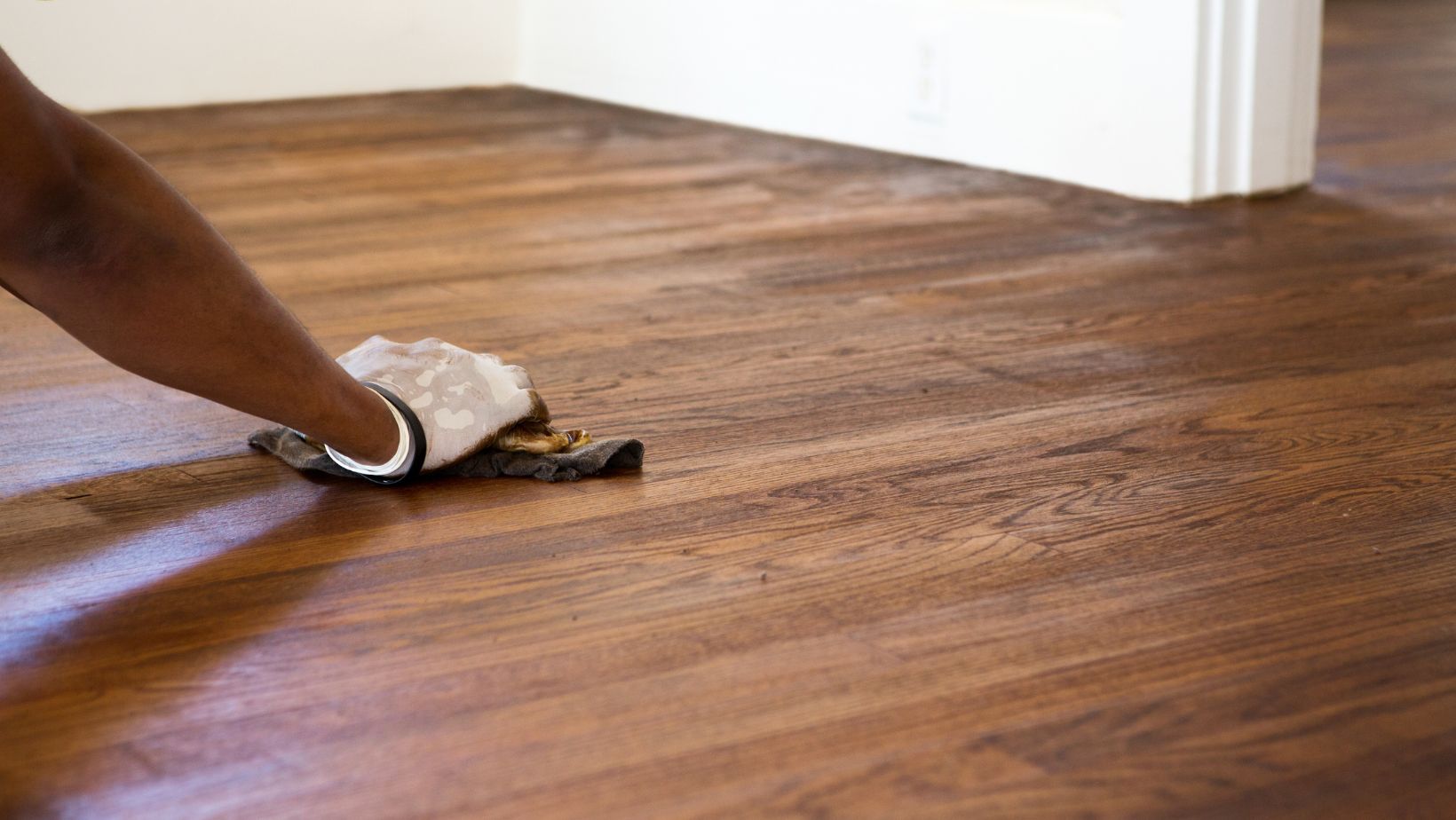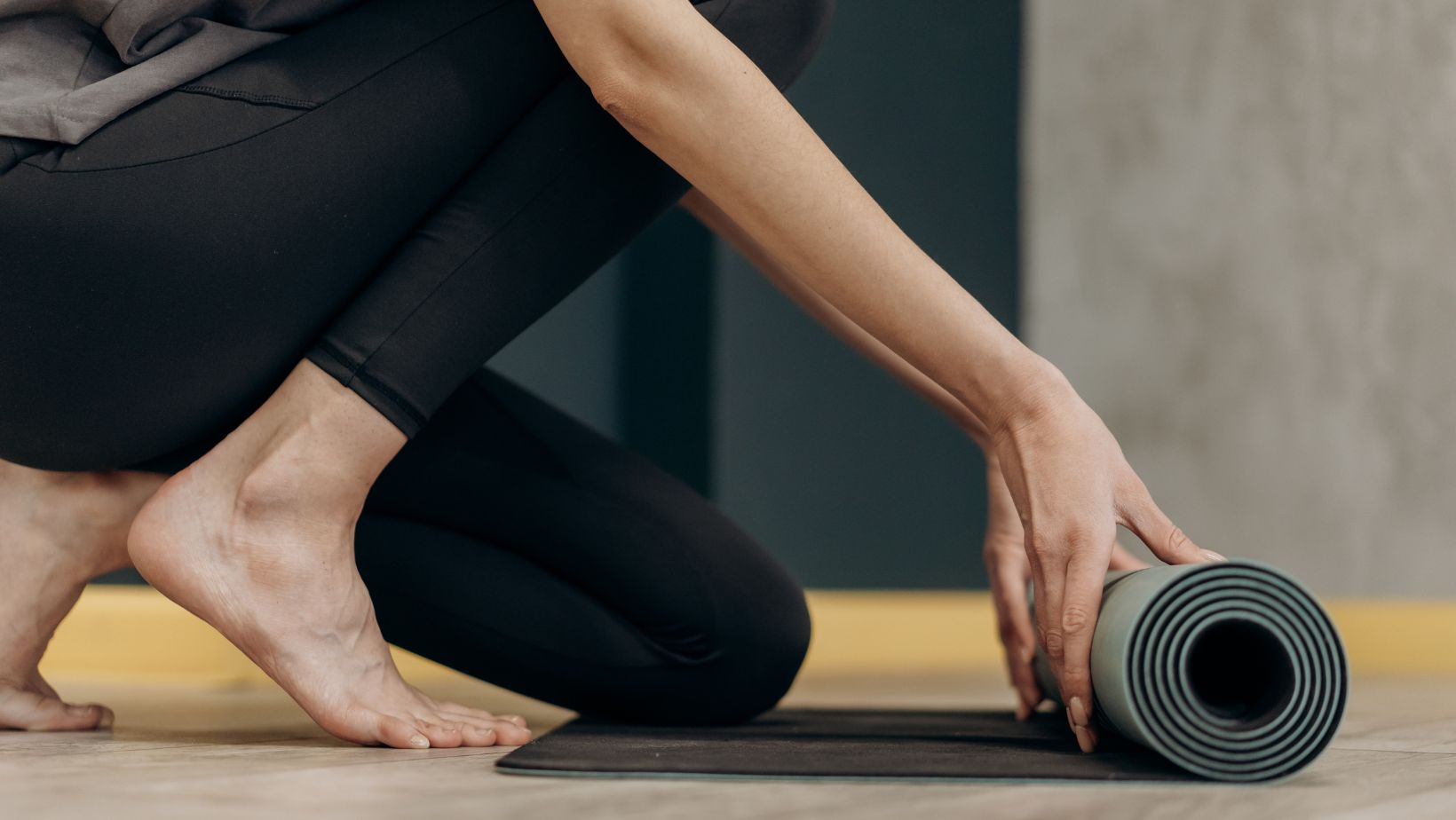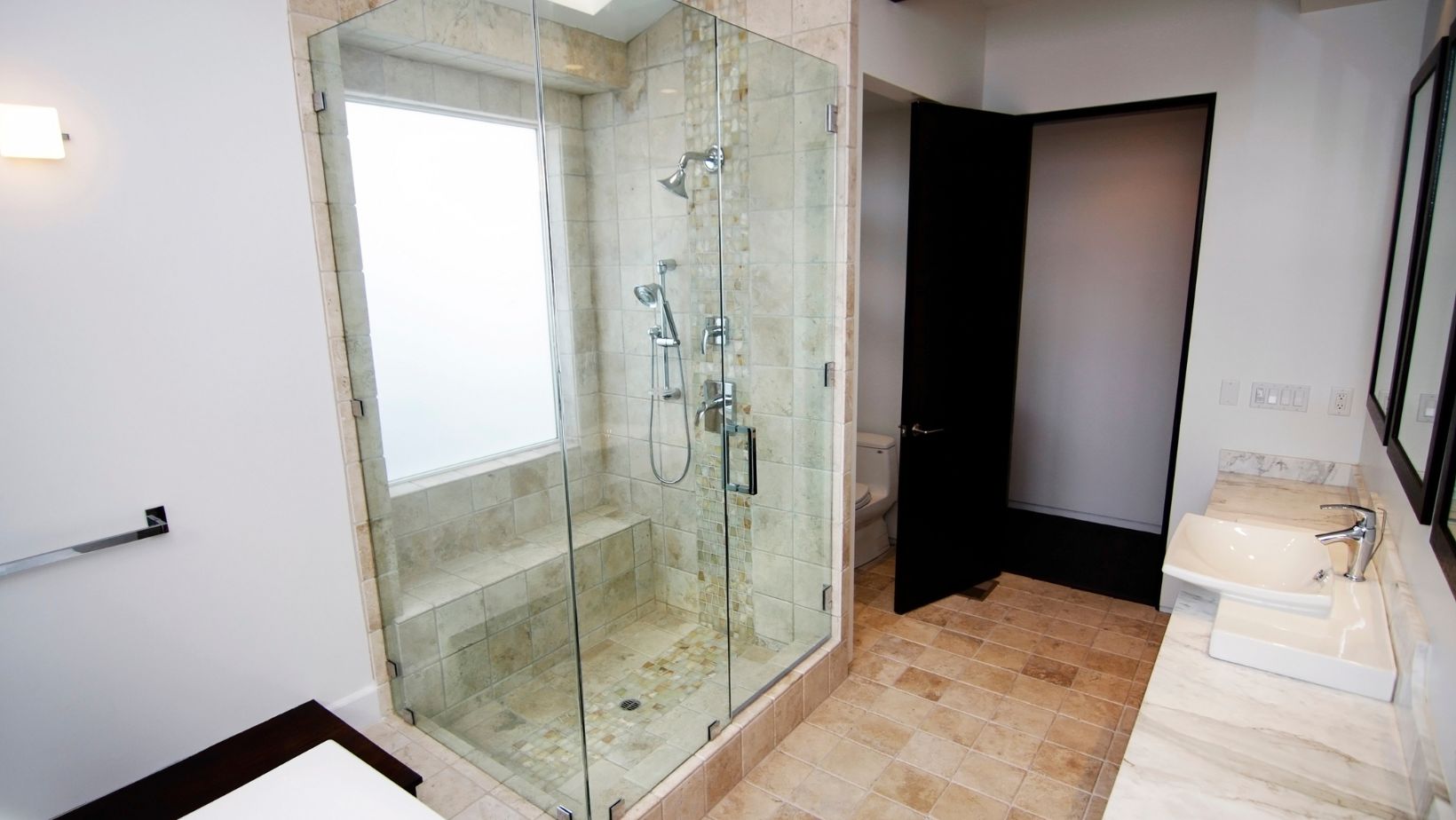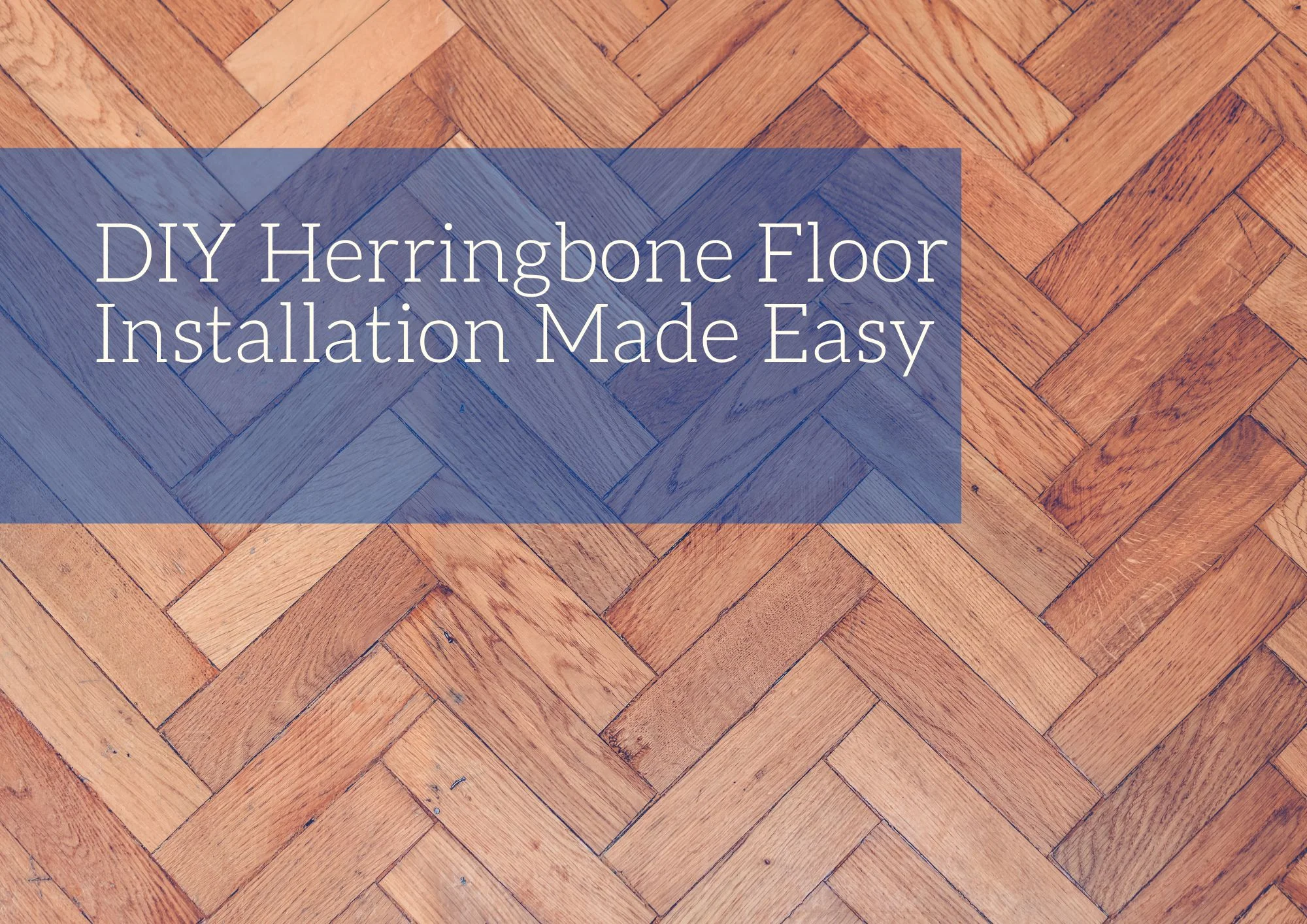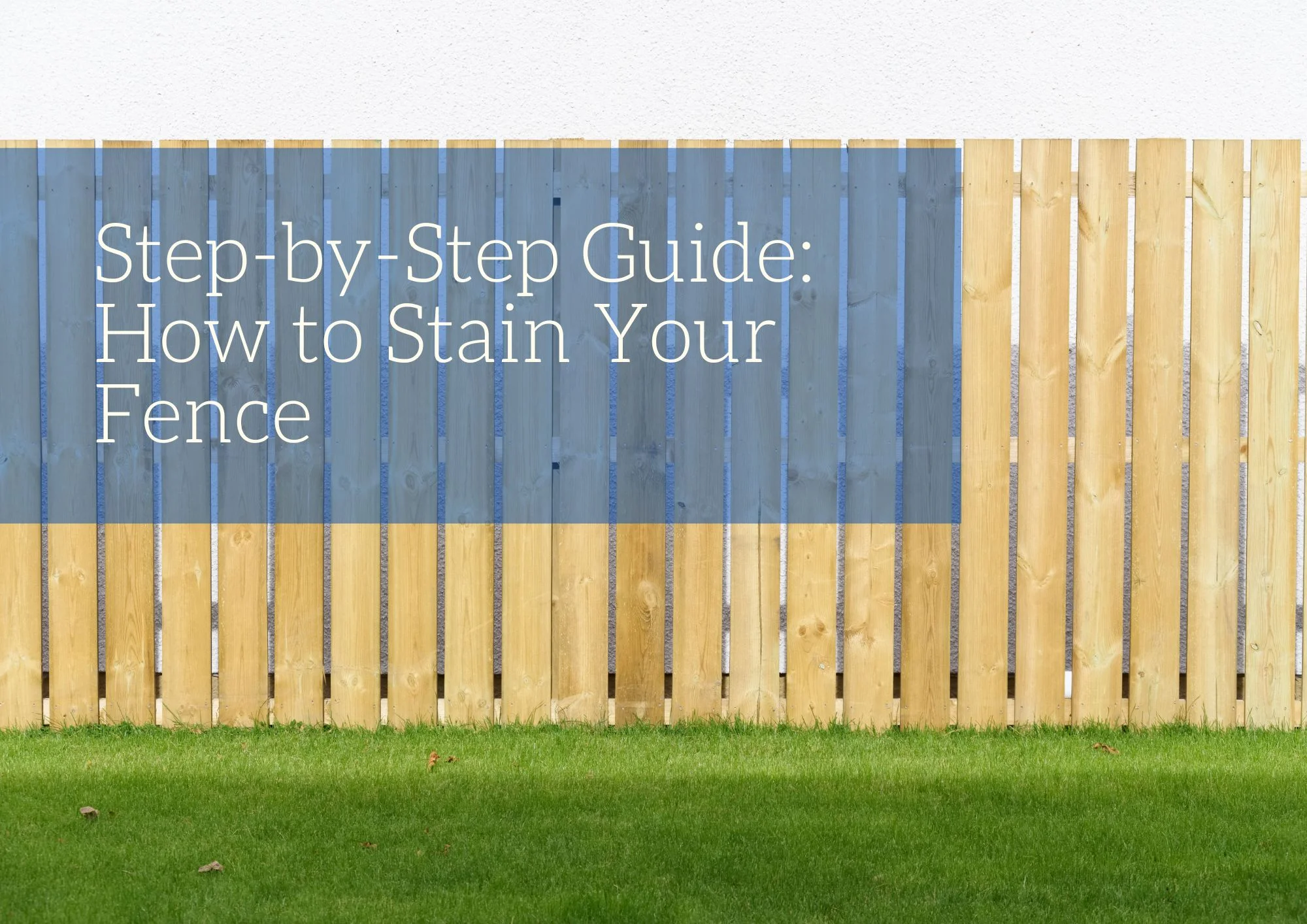There are a lot of flooring options to choose from when remodeling your bathroom, but many people are curious if wood flooring is a good option in the first place. And if so, what are the considerations you need to make? In this post, we will explore whether using wood flooring in the bathroom is a good choice. Let’s get started!
Benefits and Drawbacks of Using Wood Flooring in the Bathroom
Benefits
Beauty
The greatest benefit of hardwood is its aesthetic appeal. It gives a feeling of natural beauty and adds a unique charm, as each plank is a unique piece of natural artwork with its distinctive grain pattern.
Hardwood is a timeless material that has stood the test of time, and it is not susceptible to the whims and fancies of interior design. A bathroom with a hardwood floor will be seen as an appealing space. Additionally, it may provide design continuity across rooms.
Warmth
One of the most significant disadvantages of ceramic tile is the fact that it is rather cold, particularly in the winter. This might be a problem since the bathroom is a place where you usually go barefoot. Hardwood flooring provides a much warmer, more comfortable feeling underfoot. The earth tones also make the area seem more appealing and pleasant.
Durability
When properly cared for, hardwood is an extremely durable and long-lasting flooring material. In addition to stone or ceramic tile, hardwood flooring is one of the most long-lasting alternatives. And when hardwood becomes scratched, it may be sanded and refinished to restore its surface.
Drawbacks
Humidity
When you take a shower, the bathroom becomes quite humid, and the air becomes warm and damp. This air will float around the room, filling every crevice and penetrating the wooden floor. While a small quantity will actually go in, the impacts might increase over time.
Puddling
If your floor isn’t completely level, water will slide down towards the low sections and puddle. These pools of water may be very detrimental to the floor and potentially compromise its structural integrity. Preparing the subfloor properly to provide a completely level and flat foundation is critical to avoiding water damage.
Spills
Showers and baths produce water splashes; even cleaning your face in the sink may cause drops of water to spill onto the floor. While the finish will help to preserve the material, you must still clean up any spills and splashes quickly so that moisture does not wear away at the protective layer or leak down between seams.
Mold
Because the bathroom is always damp, mold and mildew will likely always be an issue. Mold and mildew thrive in hot, humid settings and feed on natural materials such as wood. Although the finishing coat can preserve the floor to some degree, mold and mildew may form in between the boards and even under them over time.
What Type of Wood to Choose for Your Bathroom
If you’re determined to install wood flooring in your bathroom, we suggest prefinished hardwoods. They are often more resistant to water than their unfinished equivalents.
You must also avoid softwoods like pine and fir, since they are less dense and more likely to absorb moisture. Teak, oak (particularly white oak), cedar, cherry, maple, ash, walnut, and hickory are all good hardwood options for bathrooms.
How to Prevent Damage to your Hardwood Flooring
Refinish Regularly
It is critical to keep the finish layer firm and undamaged. This is your first line of defense, and you should reapply it every few months. Drop a tiny bit of water on the flooring and wait to see whether the water beads up or absorbs into the wood to determine if the finish layer is still intact. If it beads up, the finish is good; if it sinks in, you should apply another topcoat as soon as possible.
Employ Bath Mats
These may be put in strategic positions, such as beside the bathtub or sink. By putting down bath mats, you can avoid floor damage by gathering any splashing water from wet feet. If a bath mat gets drenched, it must be air-dried to prevent it from leaking moisture onto the floor.
Install Tub and Shower Surround
Another technique to avoid water damage is by installing surrounds around the bathtub. Their value lies in their capacity to keep water where it should be, which is not on your lovely hardwood floor.
Keep the seams surrounding shower stalls securely sealed as well, since this is where water may readily leak onto hardwood floors.
While it is generally discouraged to use wood flooring in the bathroom, there are some exceptions. If you take the needs of your specific space into account and select a water-resistant wood species, you may be able to get away with using wood flooring in the bathroom after all. So before you cross this option off your list completely, consider all of your options and make sure to choose wisely.


